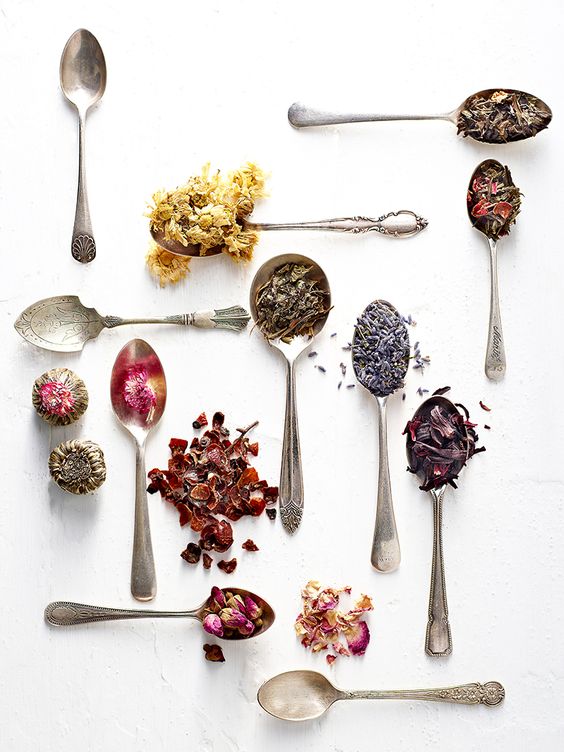How To Make Loose Leaf Tea

Image credit: theartofplating | Pinterest
Image Desc: Read this guide to learn how to enjoy even better tasting tea!
Have you been looking to make a better cup of tea, but find all the different ways to brew tea a little overwhelming? Coffee has overtaken tea as the solution to most people’s caffeine fix, but you and I both know that the infinite variety of teas can be just as satisfying! Coffee, however, seems a lot simpler to brew than a nice cup of loose leaf tea. You simply choose the type you want, grind it, and then add water in whatever device you choose to make it in whether it’s a french press, instant coffee dripper, or a coffee pod machine. Black, Green, Oolong, and White teas all have different considerations than simply buying it, sticking it in your normal teapot, and then getting your water hot. There are factors to take into consideration like the precise temperature, amount of steeping, the type of pot, and even the source of your water! We want to help you make sense of it all, and enjoy all the health benefits and caffeine buzzes that come from getting your loose leaf tea just right.Here’s The Required Equipment
 Image Desc: Believe it or not, some tea tastes better once you get the right teapot!
Image Desc: Believe it or not, some tea tastes better once you get the right teapot!
Why Use Loose Leaf Instead Of Bagged Teas?
The biggest reason to use tea leaves without a bag is to increase the amount of contact they will have with your water. When the leaves are confined in a tea bag, it will restrict the water flow and the leaves' ability to expand. This basically means less flavor for you to enjoy! There are other considerations to take in like the size of the teapot and the amount of leaves you use, but not using bagged teas will help you get a much better tasting tea almost instantly. If you’re worried about swallowing a bunch of leaves when you’re finished brewing, you can buy a pot with a built-in infuser to put the leaves in. There are even pots made of porcelain that can filter the leaves from your tea too.Use Only This Kind Of Water

Image Desc: Your source of water is another factor to consider when making a pot of tea, and below we’ll tell you why.
Remember what we said about not wanting the minerals and other elements of your teapot to affect the taste of your tea? The same idea is at work when you’re choosing the water that’s going to be used to brew your tea. The best type of water is filtered spring water, or even your favorite bottled water when you want to avoid adding extra stuff. Tap water often has traces of chlorination and a higher alkalinity which will mess with the chemistry of your finished product. However if you like the taste of your tap water, then it’s probably going to be just fine for you to drink. However try using a jug of filtered water from your local grocery store, and compare the different types of tea you make. Why To Measure Temperature & How A common mistake many tea drinkers make, especially those who are fond of green tea, is to steep it at a boiling hot temperature that cooks the leaves. This is no good as this type of tea and other types have a sweet spot where the right temperature will release all the flavors and aromas that are peculiar to that type. So the general rule is this: the more densely colored a tea leaf is, the higher the temperature and vice versa. As white and green teas are lighter in color, they will taste better when the temperature is lower than boiling. Oolong and Black teas will need higher water temperatures because they’re much more dense. Is it starting to come together? Great! It can be tricky to do all of this without a thermometer and some practice, but there’s a great trick to knowing when to pour your water. If the steam is coming straight up from the water, then it’s still boiling and you can pour for those denser teas. However, for those lighter teas we mentioned, you should watch the steam until it starts to drift, which means it has descended to a low enough temperature to use for these kinds of tea leaves.The Secret Steep Times Of Tea Connoisseurs



Leave a comment